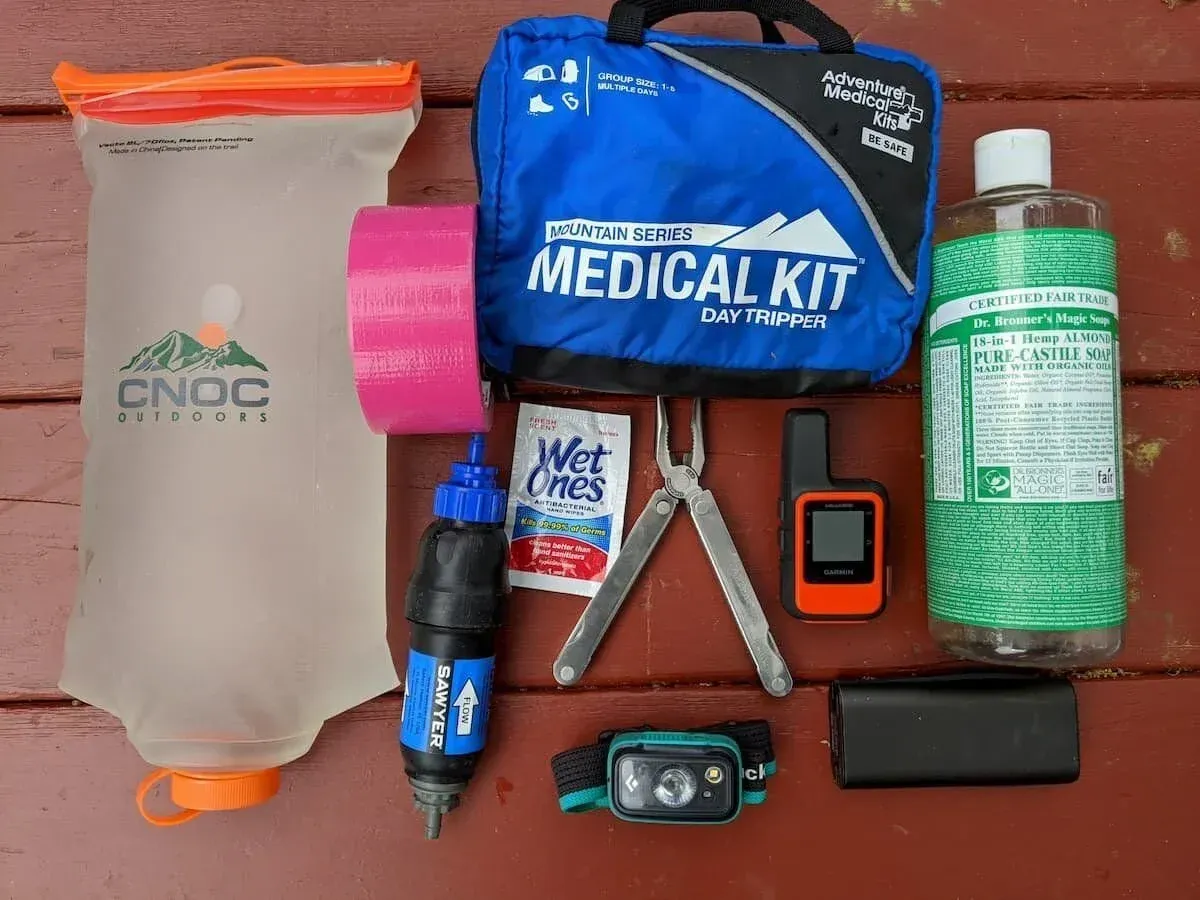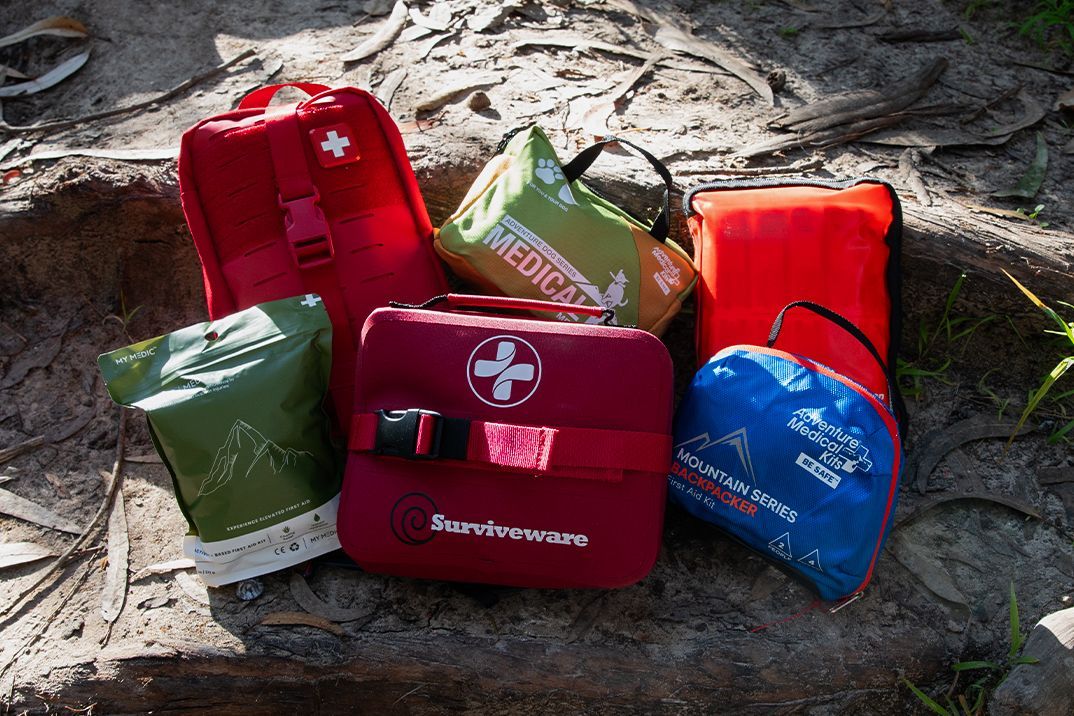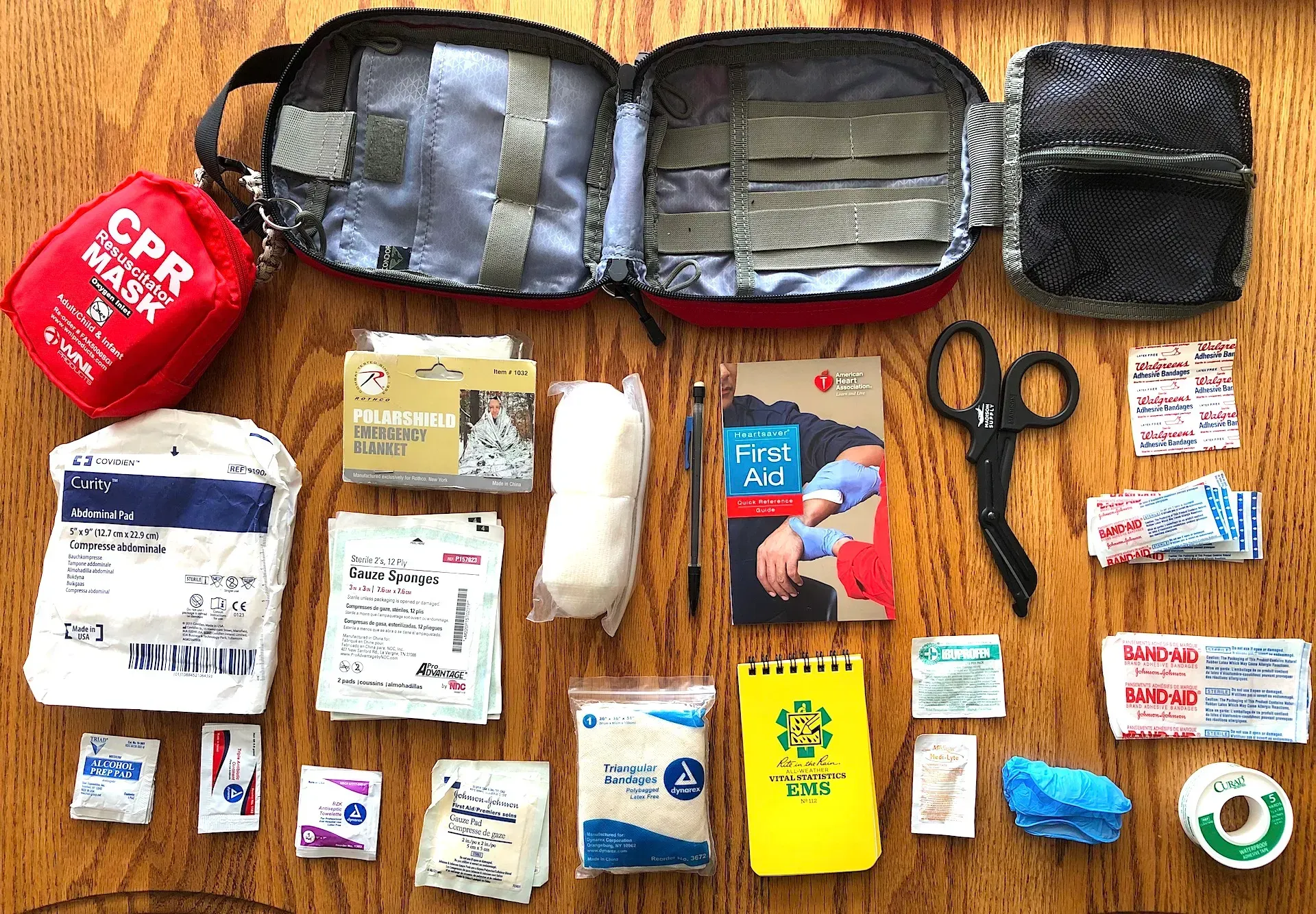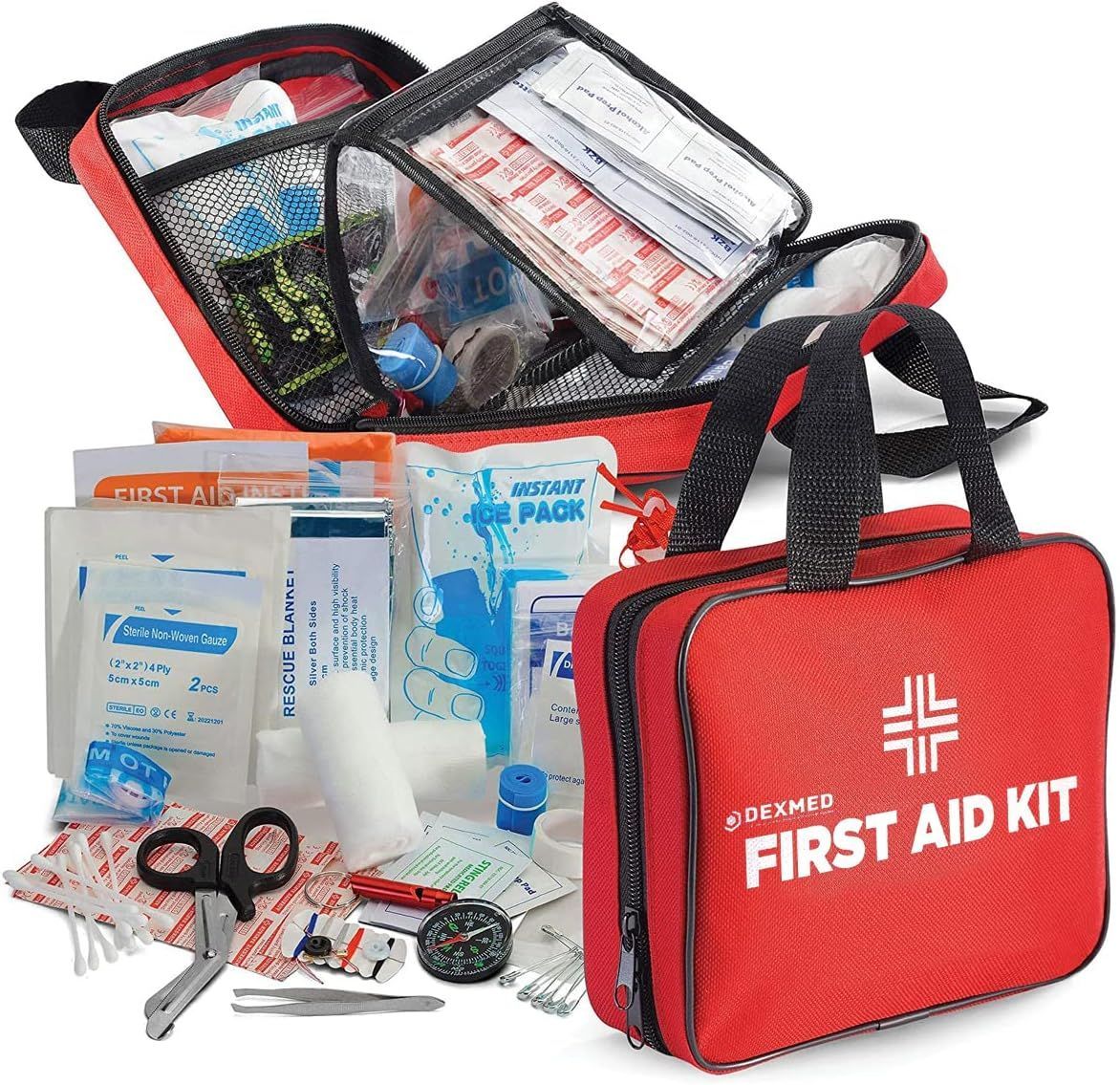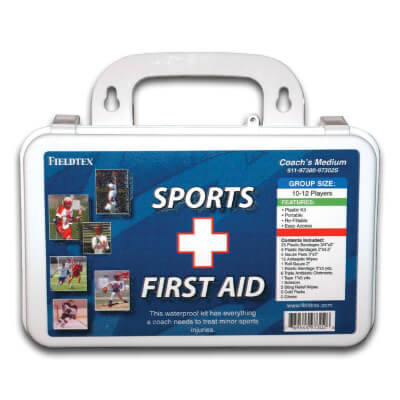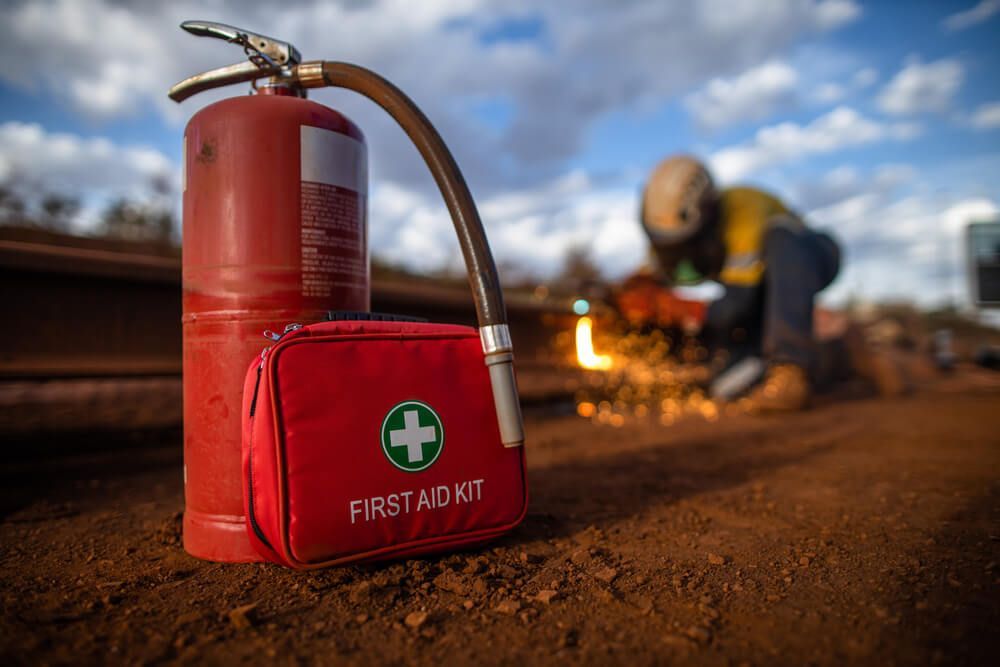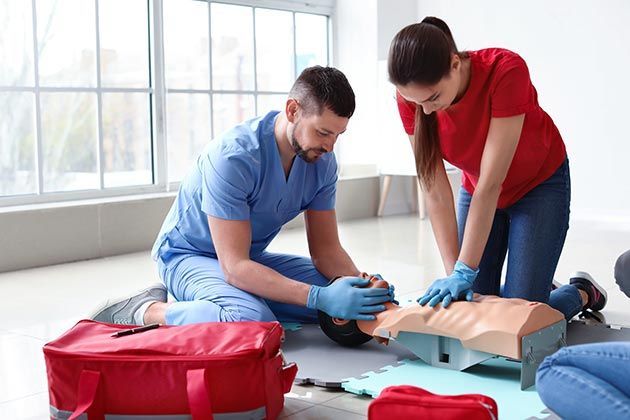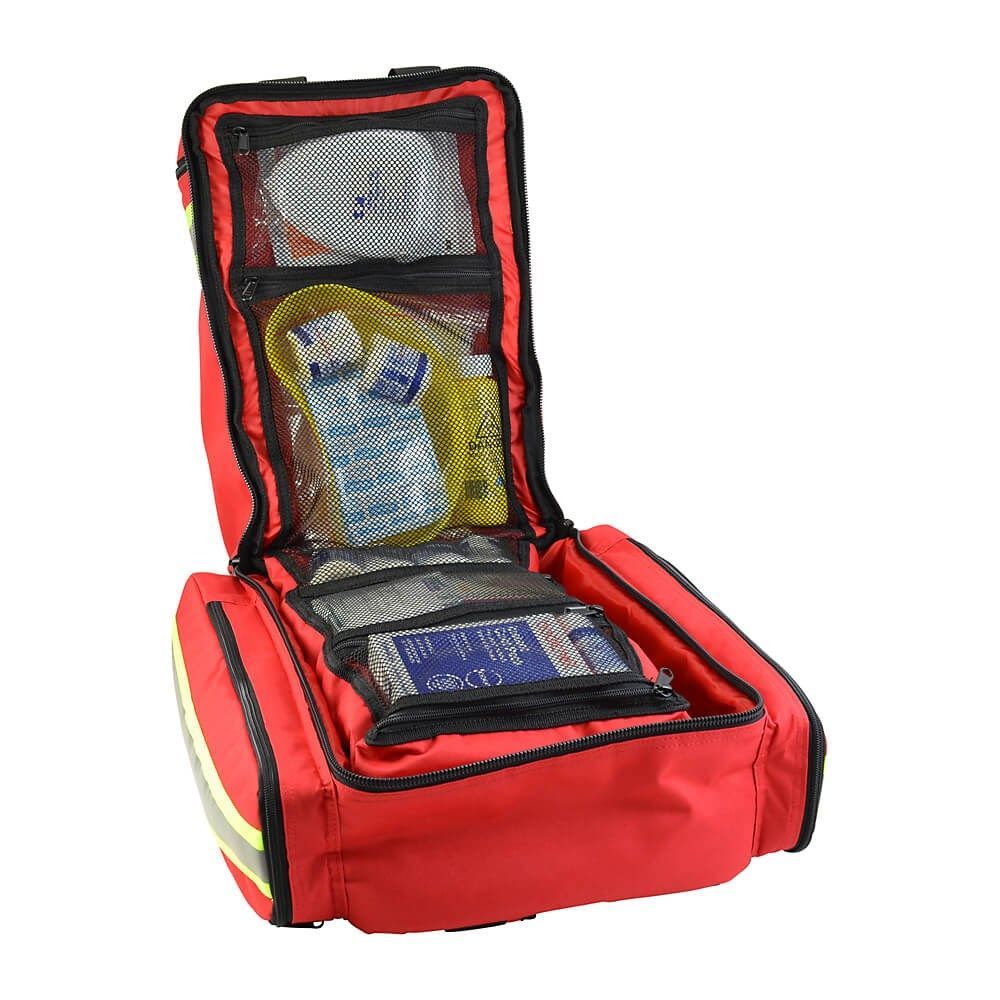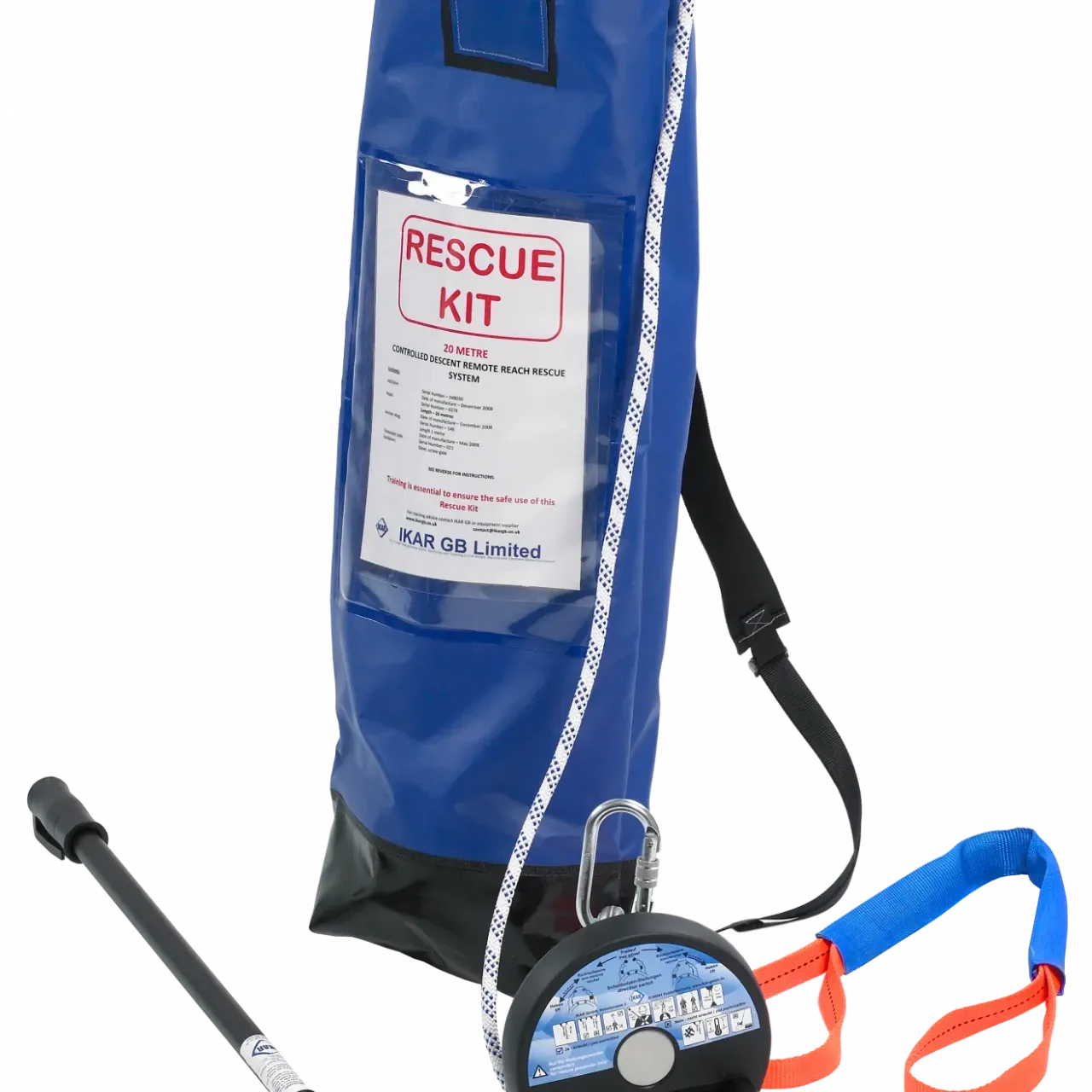What Supplies Should Be in a Workplace Emergency Kit?
TLDR;
A workplace
emergency kit should include first aid, food and water, lighting, communication tools, personal protective gear, sanitation items, and essential documents. Rapid Rescue Kit recommends tailoring kits to your specific workplace type, size, and location for maximum effectiveness.
Proactive Workplace Safety Starts With Preparation

Every second counts in an emergency—and having the right workplace emergency kit supplies can make all the difference. Whether it's a fire, natural disaster, or power outage, being prepared isn’t optional. It’s a responsibility.
At Rapid Rescue Kit, we understand the importance of safeguarding your team. That’s why we’ve compiled this definitive, legally-aware guide for any business asking: What supplies should be in a workplace emergency kit?
This post walks through:
- A complete emergency kit checklist for offices and workplaces
- Legal and OSHA-related responsibilities
- How to customize kits by industry and geography
- Best practices for maintaining, updating, and training
- Downloadable checklists and trusted resources
Let’s break it down.
Why Every Workplace Needs an Emergency Kit
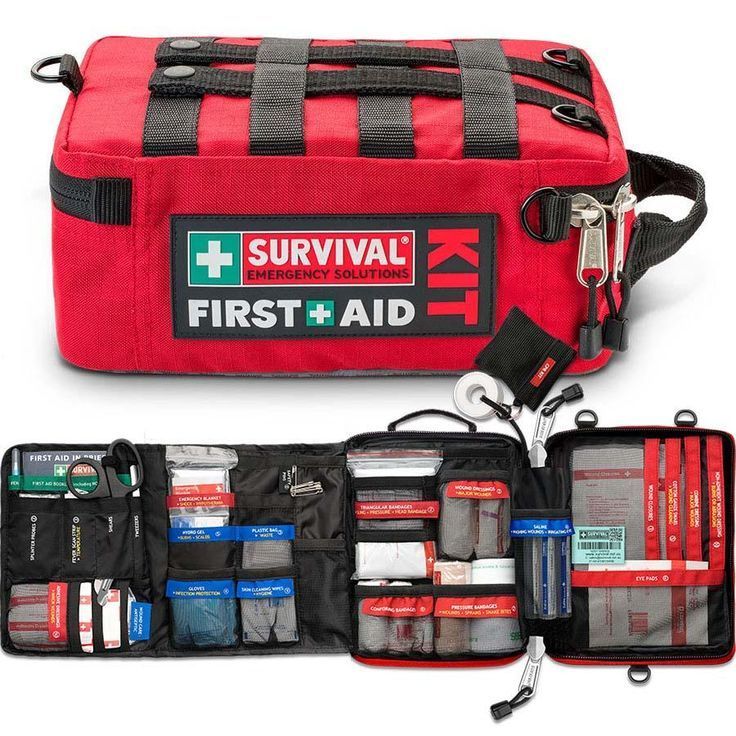
Emergencies happen without warning. From hurricanes to active threats, workplace incidents can disrupt business continuity and endanger lives.
Real-World Risks to Plan For:
- Natural disasters: Earthquakes, floods, hurricanes, wildfires
- Man-made emergencies: Fires, power outages, chemical spills
- Violent incidents: Intruders, workplace violence, lockdowns
OSHA Requirements & Liability
OSHA’s General Duty Clause requires employers to provide a safe workplace. Emergency preparedness isn’t just good practice—it helps mitigate liability, supports regulatory compliance, and protects employee welfare.
- 29 CFR 1910.38: Requires written emergency action plans for many workplaces
- 29 CFR 1910.151: Mandates first aid supplies and trained personnel
Ignoring these can result in fines or legal exposure.
Complete Workplace Emergency Kit Checklist
This section outlines the essential emergency supplies for the office to help you create a fully compliant and practical survival kit.
First Aid & Medical Supplies
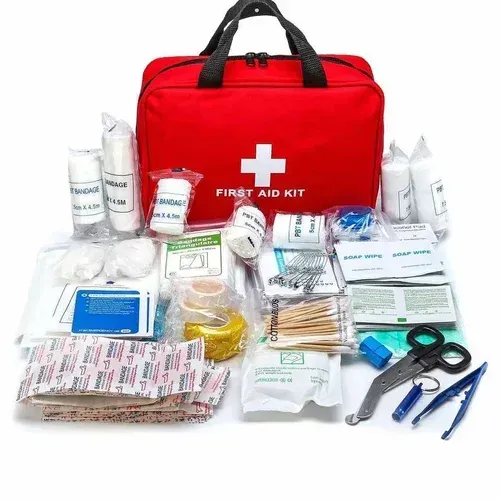
Understanding the differences between a Trauma Kit vs First Aid Kit is crucial, as each serves specific purposes in treating injuries until medical professionals arrive.
- OSHA-compliant First Aid Kit
- Bandages (adhesive, gauze, triangular)
- Antiseptic wipes & antibiotic ointment
- Burn cream, cold packs
- Latex-free gloves
- Pain relievers (non-prescription)
- CPR mask or face shield
- Any necessary prescription medications
Tip: Regularly check expiration dates and restock items as needed.
Food and Water Essentials
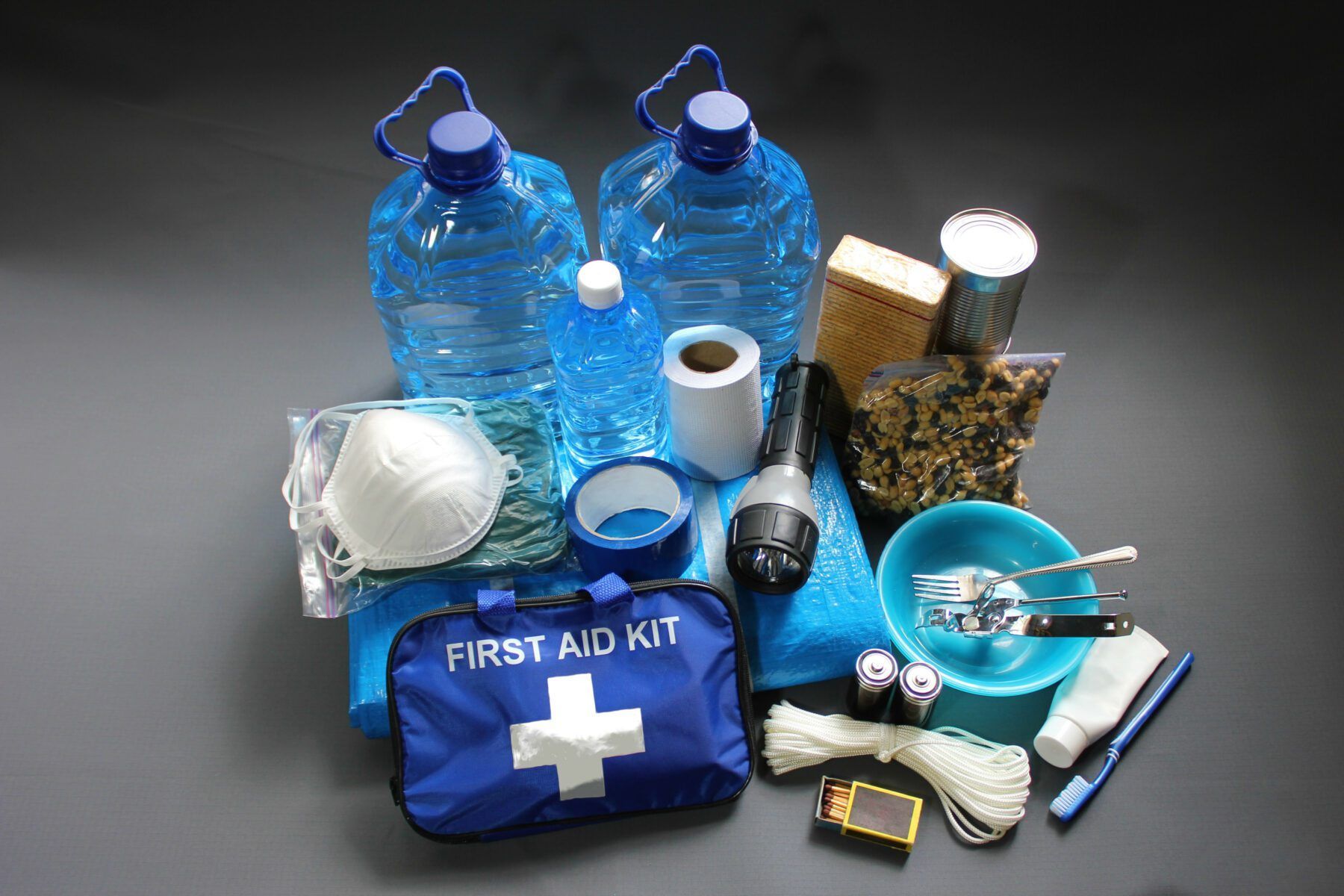
Follow the 72-hour rule for disaster readiness.
- Water:
One gallon per person per day for 3 days (minimum)
- Emergency food: Non-perishable bars, dried fruit, canned goods
- Water purification tablets or filtration straws
- Manual can opener
Store food and water in temperature-stable locations away from sunlight.
Light and Power Sources
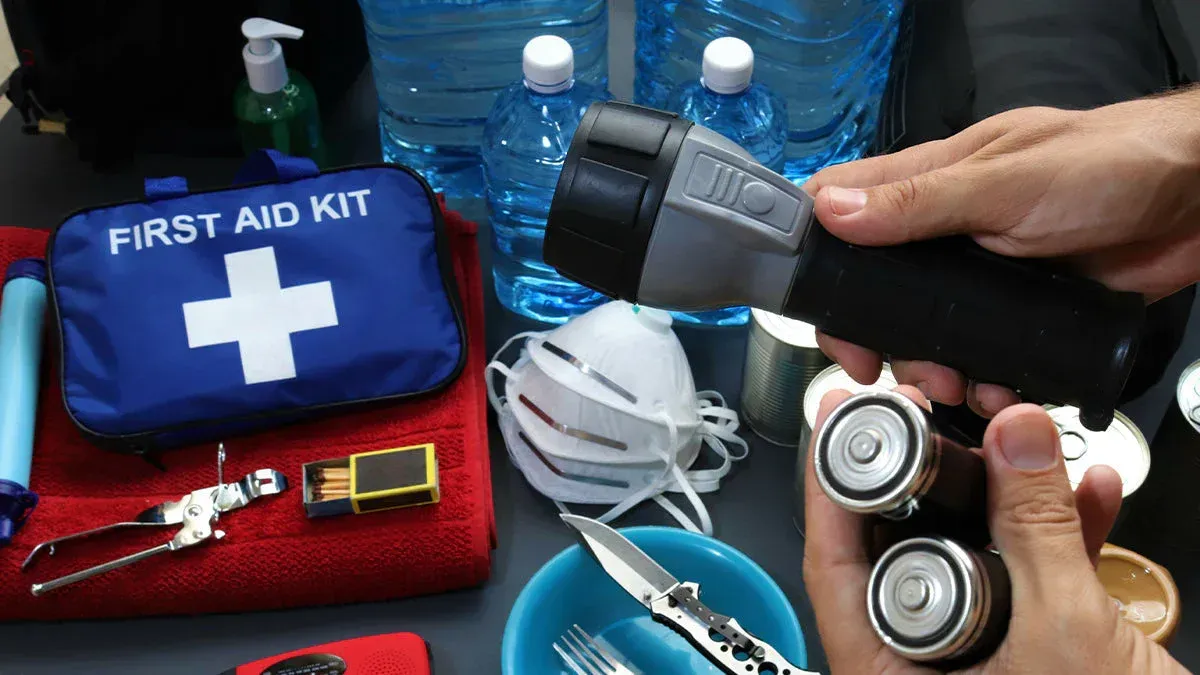
If the power goes out, visibility becomes a priority.
- Flashlights and headlamps (with batteries)
- Solar-powered lanterns
- Glow sticks for short-term lighting
- Portable power banks
- Hand-crank phone chargers
Avoid relying solely on phones—battery life is limited during crises.
Communication Tools

Staying informed and coordinated is essential in a crisis.
- NOAA emergency radio (battery or hand-crank)
- Loud whistle for attracting attention
- Two-way radios (if applicable)
- Access to PA or internal alert systems
Have laminated instructions for non-tech-savvy team members.
Personal Protective Equipment (PPE)
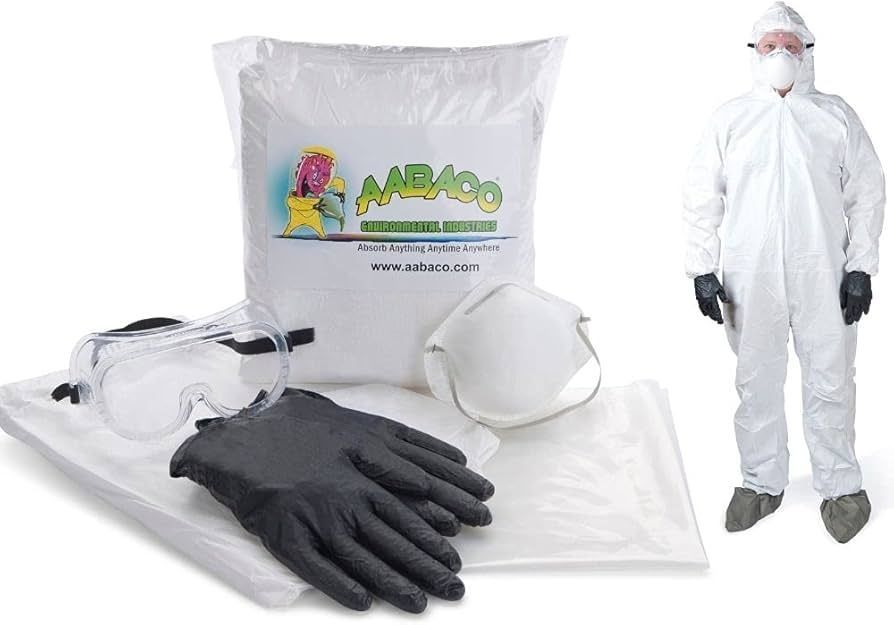
PPE helps protect employees from smoke, debris, or biological hazards.
- N95 respirator masks
- Safety goggles
- Nitrile gloves
- Hard hats or bump caps
- Safety vests (high visibility)
- Fire blankets
Provide sizes that fit your workforce—don’t assume one-size-fits-all.
Sanitation and Hygiene
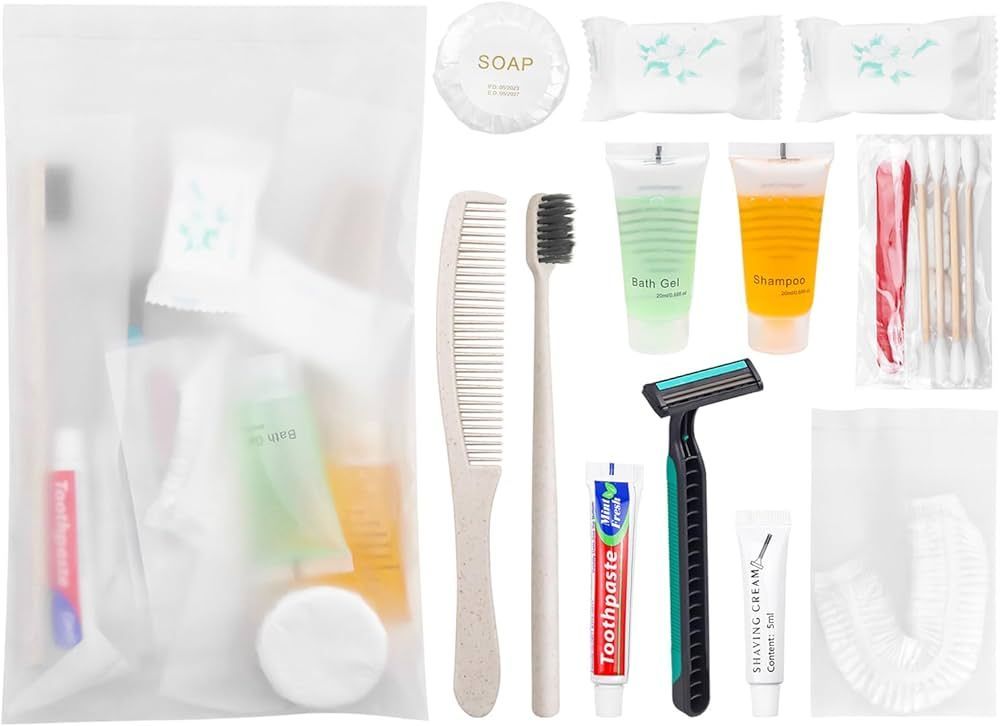
Poor hygiene during a crisis can lead to illness or contamination.
- Hand sanitizer & soap
- Toilet paper & moist towelettes
- Feminine hygiene products
- Waste bags and biohazard bags
- Paper towels and cleaning wipes
Designate disposal containers in kit storage areas.
Documentation & Emergency Contacts
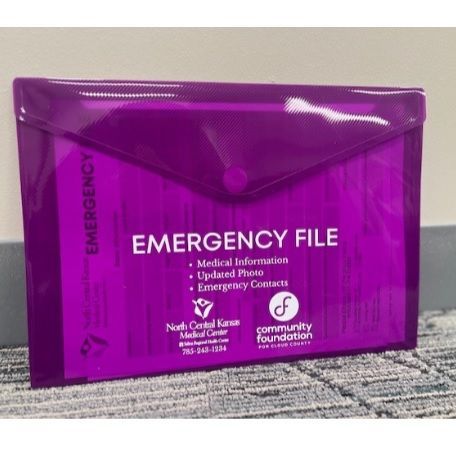
Information access can save lives during evacuation or lockdown.
- Printed emergency contact lists
- Employee roster with medical alerts
- Facility evacuation routes and site maps
- Copies of business insurance and liability policies
- USB drive with essential company data
- Local maps
Keep these in waterproof pouches or sealed folders.
Customizing Emergency Kits for Your Workplace

Every business is unique. A “one-size-fits-all” kit can leave critical gaps. That’s why Choosing the Right Medical Kit is essential before tailoring your emergency supplies checklist for office or field environments.
Workplace Size
- Small offices (1–20 people): Compact kits with essentials, stored centrally
- Mid-size buildings (20–100 people): Multiple kits across departments
- Warehouses or factories: Include heavy-duty PPE, spill kits, communication radios
Rapid Rescue Kit recommends assigning “zone leaders” for larger spaces.
Location & Geography
Regional threats vary. Tailor your kit accordingly.
- Earthquake-prone areas: Include pry bars, dust masks, and space blankets
- Flood zones: Waterproof storage, water pumps, and sandbags
- Urban high-rises: Fire escape masks, stairwell lighting
- Rural areas: Long-term supplies due to slower response times
Consider seasonal weather as well—extreme heat or cold requires specialized gear.
Industry Type
The nature of your work impacts what supplies matter most.
- Healthcare: Biohazard gear, additional medical kits
- Manufacturing: Extra PPE, chemical spill kits, fire safety equipment
- Technology/Offices: Communication tools, data backup
- Schools: Child-specific supplies, parental contact cards
OSHA often has sector-specific guidelines—consult their resources.
Maintaining Workplace Emergency Kits
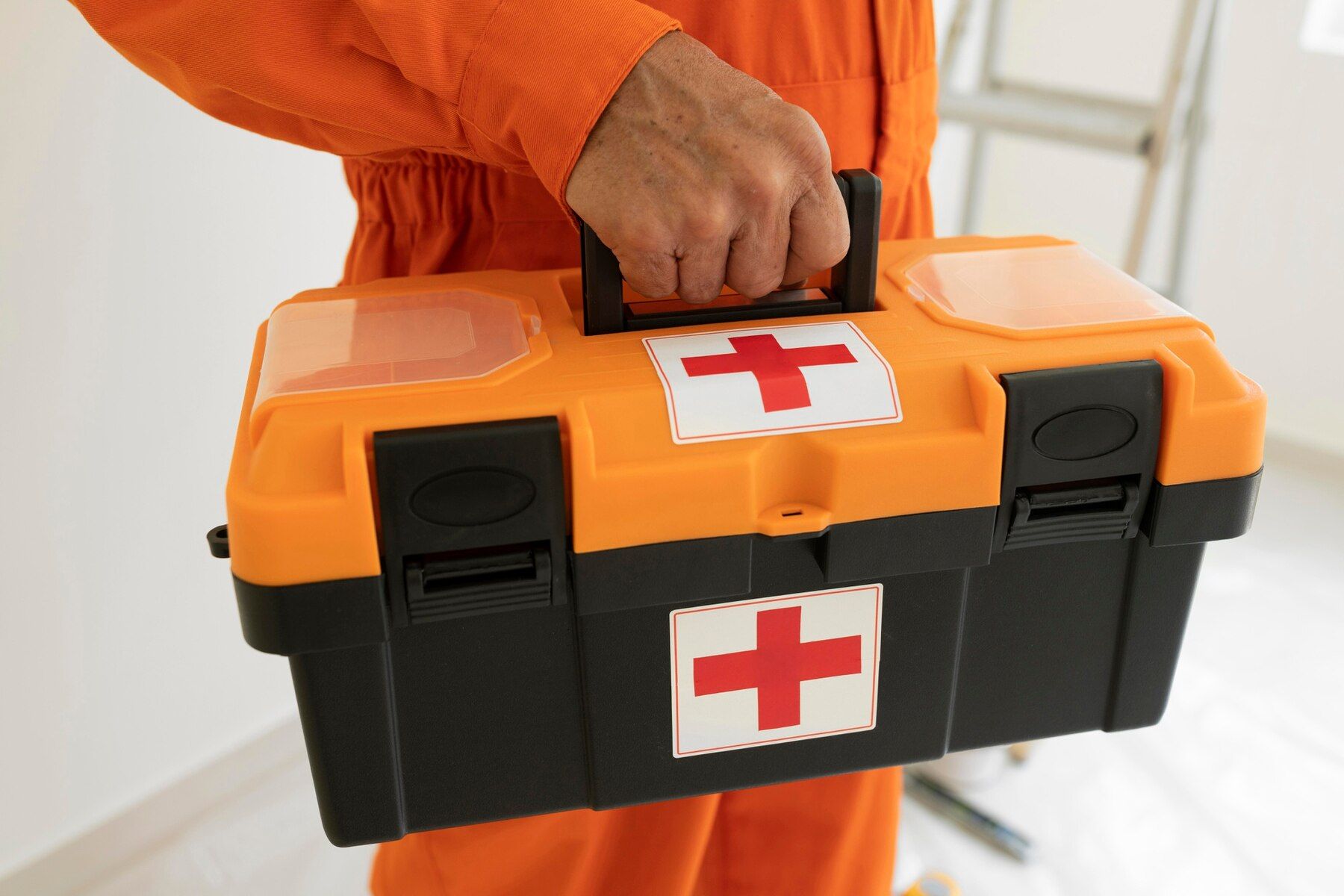
Emergency kits only help if they’re up-to-date and accessible. Here’s how to manage them.
Inspection & Restocking
- Check quarterly or semi-annually, depending on workplace type. Regular
Restocking Emergency Supplies ensures that your kits remain functional, compliant, and ready for any emergency.
- Look for
expired food, medications, or batteries
- Document inspections with a checklist and sign-off system
Suggested Kit Management Practices
- Assign a safety officer or building manager
- Keep an inventory list taped inside the kit
- Use color-coded bins to group items (e.g., red for medical, blue for sanitation)
- Track maintenance in your company’s safety log or software
Rapid Rescue Kit offers optional inventory systems to simplify this process.
Employee Safety Training & Emergency Response Integration
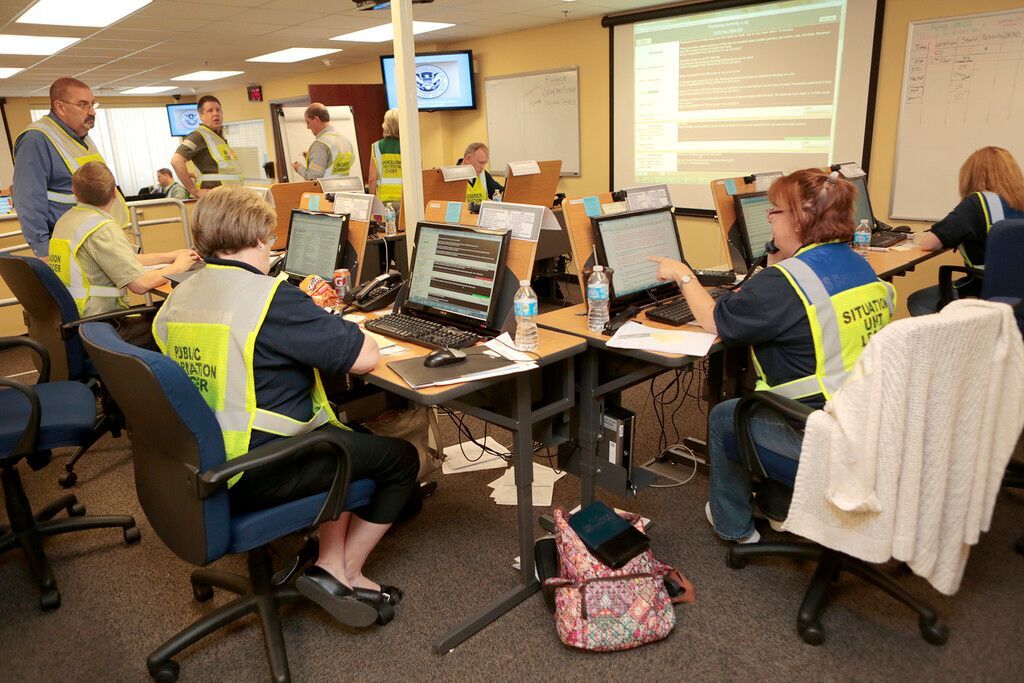
Having supplies isn’t enough—employees need to know how and when to use them.
Best Practices for Team Readiness
- Training sessions during onboarding and refreshers every 6–12 months
- Evacuation and lockdown drills that include kit usage
- Post
clear signage showing kit locations
- Assign
emergency team leaders or floor captains
- Educate staff on
communication protocols and emergency numbers
Use real-world scenarios in training to improve engagement.
Strengthening Your Emergency Response Strategy
Creating and maintaining a workplace emergency kit isn’t just a box-checking exercise—it’s a proactive commitment to safety, readiness, and care for your team. Rapid Rescue Kit encourages every business to:
- Audit
your current emergency supplies
- Involve your staff in emergency planning
- Download our checklist and evaluate your risk
Preparedness is a process, not a product. And the more thoughtful your approach, the safer your people will be when it matters most.

